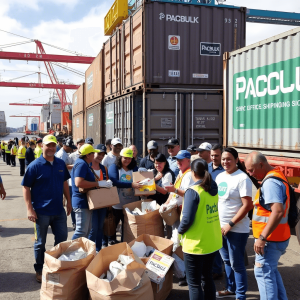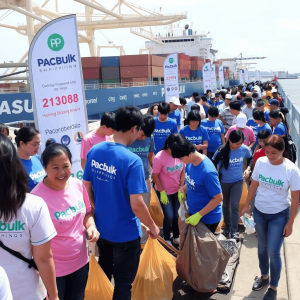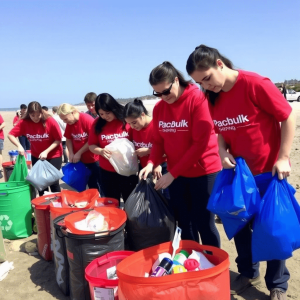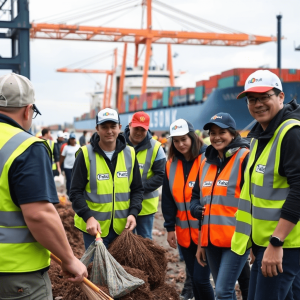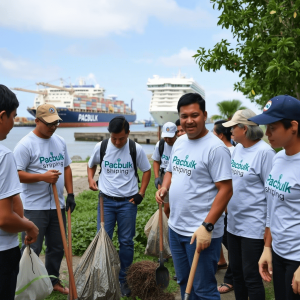Tank Storage in Jurong, Singapore
Tank Storage Terminal in Jurong, Singapore
Singapore is renowned as a global logistics hub, with Jurong Terminal standing out as a cornerstone of the petrochemical industry. Did you know that Singapore handles nearly 20% of the world’s maritime trade annually? This impressive statistic underscores its strategic importance in global supply chains. Positioned within this vibrant ecosystem, Jurong Terminal’s advanced infrastructure and robust services make it the preferred choice for companies like Pacbulk Shipping Pte. Ltd., specializing in tank storage, shipping, and transportation of petrochemicals such as EN590, Jet A1 fuel, and crude oil. This page provides a detailed exploration of tank storage in Jurong, highlighting its importance, benefits, and contributions to the global petrochemical supply chain.
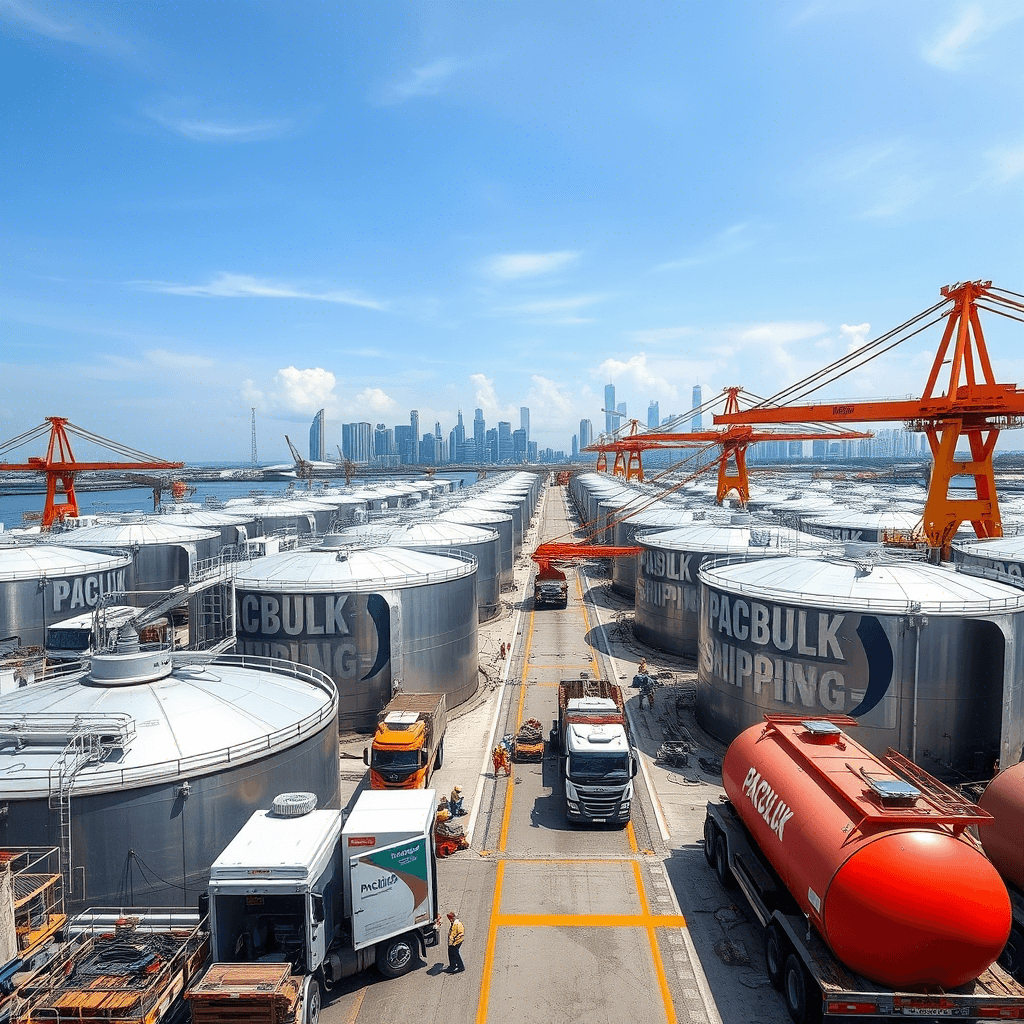
Strategic Location of Jurong Terminal
- Singapore handles approximately 20% of the world’s maritime trade, providing businesses at Jurong Terminal with unparalleled access to international markets. This connectivity reduces transit times, lowers transportation costs, and ensures faster delivery of petrochemical products, enhancing efficiency and competitiveness for companies utilizing these facilities.
- Jurong’s proximity to major refineries and storage terminals ensures seamless integration into the global supply chain.
Advanced Tank Storage Infrastructure
Jurong Terminal features state-of-the-art tank storage facilities designed to meet the demands of a dynamic petrochemical industry. These facilities prioritize safety, efficiency, and scalability, enabling companies like Pacbulk Shipping to handle diverse products effectively.
- Temperature-Controlled Storage: Tanks are equipped with temperature regulation systems to ensure product integrity. Ideal for storing volatile petrochemicals such as Jet A1 fuel and crude oil.
- Capacity and Scalability: Jurong offers over 10 million cubic meters of storage capacity. Facilities are expandable to accommodate future demands.
- 24/7 Monitoring Systems: Advanced monitoring technology provides real-time data on tank conditions, ensuring safety and efficiency. Automated systems detect and mitigate potential risks, reducing downtime and operational disruptions.
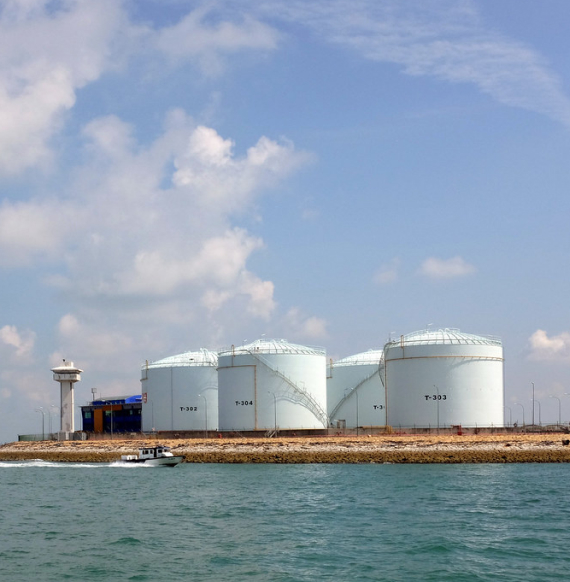

Safety Protocols and Compliance
- Regular Safety Audits: Conducted in compliance with International Maritime Organization (IMO) and Occupational Safety and Health Administration (OSHA) standards.
- Emergency Response Systems: On-site fire suppression systems and trained response teams ensure rapid action during emergencies.
- Employee Training Programs: Ongoing training ensures that personnel are well-versed in handling hazardous materials safely.
- Dedicated team of logistics professionals.
- Safe and timely deliveries to any location.
- End-to-end support for seamless operations.
Eco-Friendly Practices
- Energy-Efficient Systems: Use of solar power and LED lighting reduces energy consumption, cutting annual energy usage by over 15%.
- Waste Management Programs: Recycling and proper disposal of hazardous materials have reduced waste output by 20% over the past three years, contributing to cleaner operations.
- Low-Emission Equipment: Advanced machinery with lower greenhouse gas emissions has decreased the terminal's carbon footprint by approximately 10% annually.
- Optimized supply chain efficiency.
- Reduced operational risks and costs.
- Scalable storage options to grow with your business.



